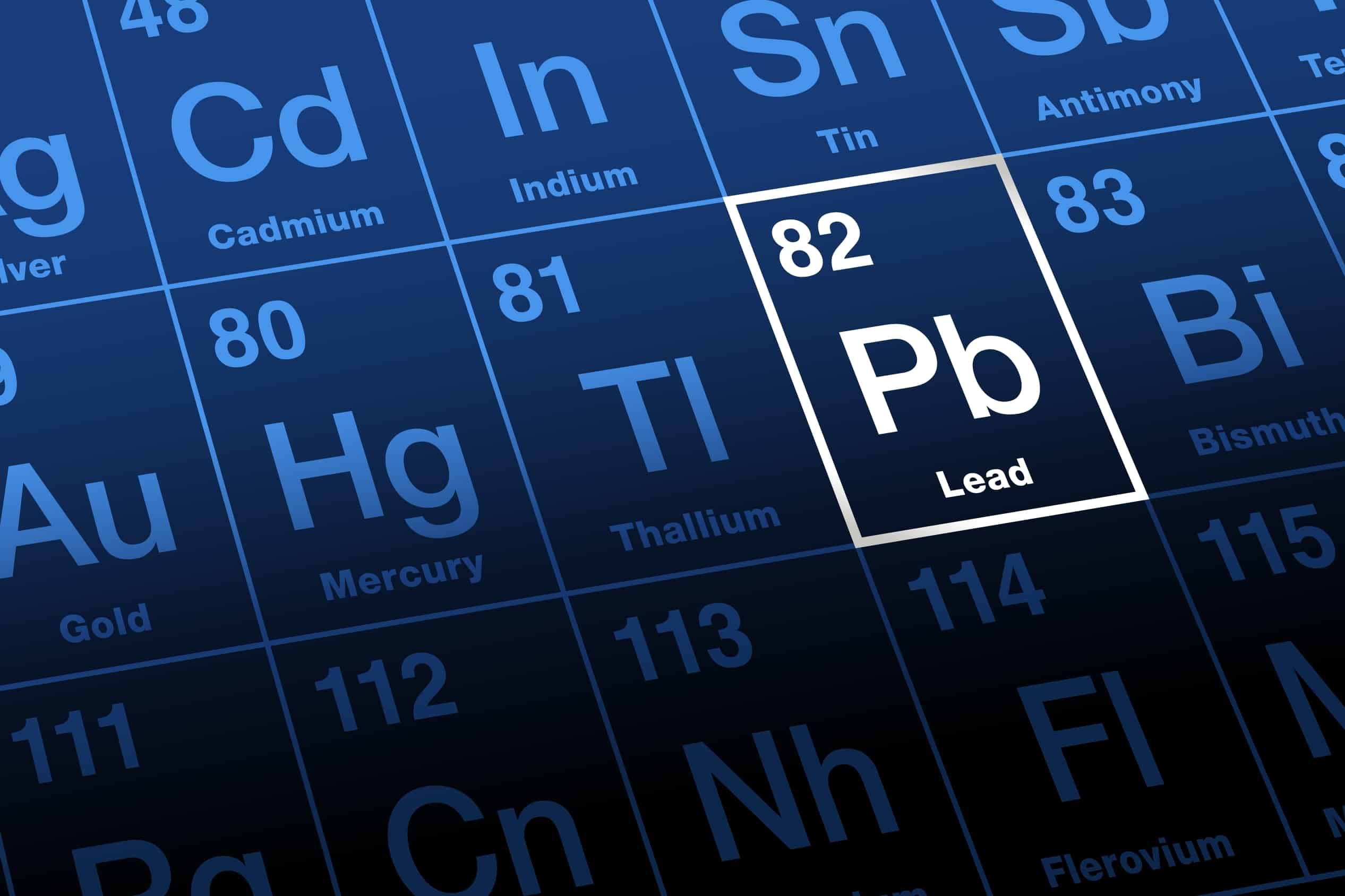Lead is a legendary metal in Australia. Two centuries ago, this humble and versatile metal kicked off the nation’s mining industry when an errant wooden cart exposed a vein of lead ore. Today, you can find lead in everything from electric car batteries to sub-sea cable sheathing.
As the world’s second-largest lead-producing country, Australia generates around 450,000 metric tonnes (MT) of lead annually (China leads the world with 2 million MT).
Production is picking up after a quiet couple of years for lead miners on the ASX and globally. And just in time, too. The global transition to a battery-powered future, and the urgent need to reduce reliance on fossil fuel electricity generation, means a significant investment in lead battery technology.
Boab Metals (ASX: BML), as the 75% joint-venture partner in Australia’s largest undeveloped Lead-Silver-Zinc deposit at Sorby Hills, is right there alongside other Australian lead mining companies looking eagerly forward to a bright future for lead.
Taking Stock, Looking Ahead
Twelve countries are responsible for almost all of the world’s lead production. China is both the biggest producer (as well as the biggest consumer), followed by Australia. The USA, Mexico, Peru, India and Russia are also significant producers, averaging over 200 MT annually.
With lead production forecast to reach 5.2 million MT in 2025, up from 4.5 million in 2020, this truly is a global effort to invest in lead to meet rising demand.
But where is that demand coming from?
The profile of lead has changed significantly in the 5,000-odd years since it was first commercially used. Today’s lead producers supply a burgeoning battery metals market and produce a metal that has become essential in many industrial, medical, construction and consumer products.
Battery Metals Represent a Big Opportunity for Lead Producers
The booming battery market could present exciting opportunities for lead miners on the ASX and abroad.
Vehicle batteries already account for over 80% of global lead consumption.Lead-acid batteries power more than one billion vehicles, a figure that is expected to increase as the EV market grows.
Goldman Sachs predicts that EVs will account for 50% of new car sales by 2035, reflecting a 32% annual growth in sales.
Lead batteries are also estimated to provide 60-70% of the world’s battery energy storage capacity. From wind turbines to solar PV panels, lead batteries help to capture and store energy everywhere.
- Solar PV electricity generation increased by 270 terawatt hours in 2022 and is on track to meet ambitious 2030 targets.
- Wind electricity capacity should expand by an all-time high of 107 gigawatts in 2023, although more investment is needed to reach this decade’s Net Zero targets.
As renewable energy production becomes more ubiquitous and EVs appear on our roads in greater numbers, demand for lead is expected to increase from around 9,000 kilotons (kt) in 2023 to over 11,000kt by 2040.
Factoring in “minor” applications such as cable sheathing and construction material, lead demand is expected to grow by around 1.4% annually between 2022 and 2032.
Western Australia is Investing in Lead
South32’s Cannington Mine and Glencore’s long-running Mount Isa Mines project, both located in Queensland, together account for over half of Australia’s lead quota. Each mine produces around 120 kt annually.
Unfortunately, after a decade or so of declining operations, Western Australia registered no new lead production in the 2021-22 financial year. Despite the historic importance of lead-silver mines in Australia’s resources industry, lead has not been a big star in our state’s story.
We’re hoping to change that.
Encouraged by the success and stability of important lead-silver mines interstate, Sorby Hills could be a star player in the next chapter of our state’s resources story.
Boab Metals Poised to Become an Exciting Lead Miner on the Asx
According to the Definitive Feasibility Study (DFS) released in early 2023, Sorby Hills will produce between 55kt and 75kt of lead annually over the next decade. This should be a significant contribution to a global market with a growing appetite for high-quality lead.
In addition, Sorby Hills will be an open-cut mine. Boab Metals believes this is safer and more economically attractive than Australia’s underground lead mines.
Sorby Hills will produce a high-grade lead-silver concentrate with a projected 95% payability rate. The initial production target of 543 kt of payable lead and 17.2 million ounces of payable silver is underpinned by 83% Reserves.
Additionally, we recently completed our Phase VII drilling program, with very exciting visual indications. Assay results are expected in early Q4 2023.
Related: Why are lead, silver and zinc found together in ore deposits?
What This All Means for Western Australia’s Mining Industry
Our state’s mining industry is evolving. We are building on the strength of the past to create value for the industries of the future.
Looking at the data around battery storage and renewable energy, the scale and speed of this evolution start to look exciting.
- 32% annual growth in the electric vehicle market during the current decade
- 26% annual increase in solar PV electricity generation
- 14% to 17% annual increase in wind electricity generation
In short, the world will need a lot of lead (and silver) as we transition to a battery-powered future.
You can learn more about Boab Metals and the Sorby Hills Lead-Silver-Zinc Project on our website or visit the investors’ centre to see the latest ASX releases.

